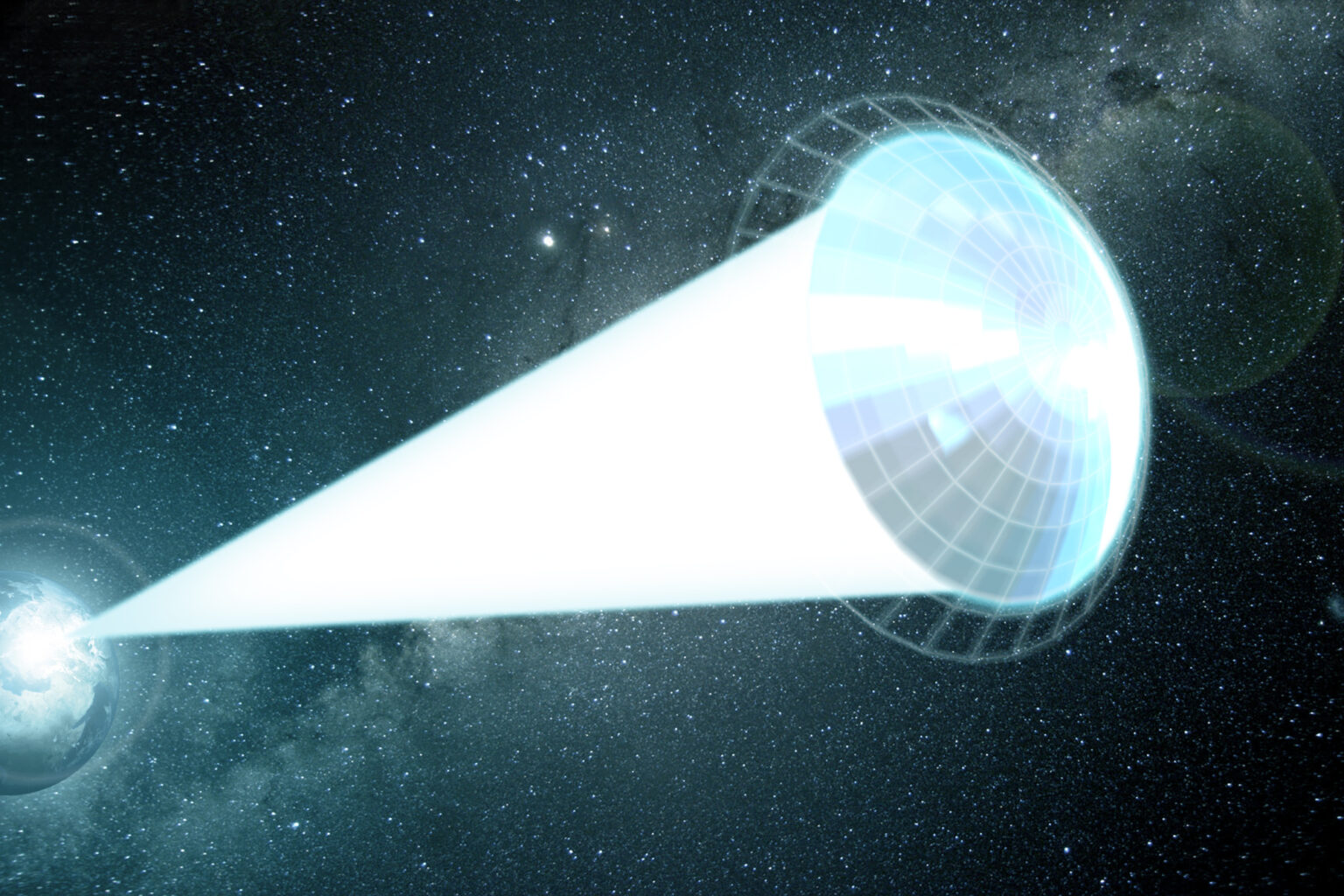Scientists have long looked at focusing energy as a way to accelerate the tiny probe to relativistic speeds and get it to Proxima Centauri. The new concept proposes to use proton beams for this purpose.

How to fly fast to Alpha Centauri
The closest Earth-like planet to us is just over 4 light-years away. It’s Proxima Centauri b. But even that’s not easy to get to. However, Christopher Limbach, a professor at the University, of Michigan knows how to do it with proton beams.
To understand his idea, you have to understand what the difficulty is with accelerating to high speeds that would make it possible to fly to Proxima Centauri in tens, not thousands, of years. Conventional chemical engines are prevented from doing this by the extremely low velocity of the gases. They simply don’t give enough speed increase per kilogram of fuel.
Nuclear and fusion engines are much more efficient in this regard. However, they are also capable of turning a relatively small spacecraft into a warehouse of atomic bombs. An alternative solution for smaller vehicles is to use a solar sail, but it does not perform well at large distances from the Sun.
Proton beams
An alternative solution is to use light beams, or particle beams. This is essentially a variant of a solar sail, but the source of radiation is fully controlled by humans. Due to the ability to focus particles, thrust on a small probe can theoretically be created even at distances that use thousands of astronomical units.
It is true that this is impossible in practice because of a phenomenon called diffraction. Because of this, even a laser beam at long distances will be highly blurred, and it will not be possible to concentrate the energy on the sail. And it was this problem that Limbach and his colleagues attempted to solve.
He argues that if electromagnetic waves and protons, which are particles, are combined in the same beam, the diffraction is very small. The difference would be only 10 meters at the distance Proxima Centauri is located.
It should be enough to deliver a microscopic probe weighing just 5g to Alpha Centauri in just 43 years. Also scientists calculate that a large apparatus weighing 1 kg, it also works. However, its journey will last as long as 57 years.
According to phys.org


